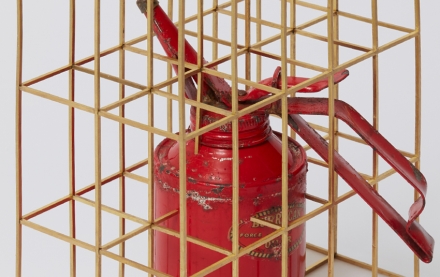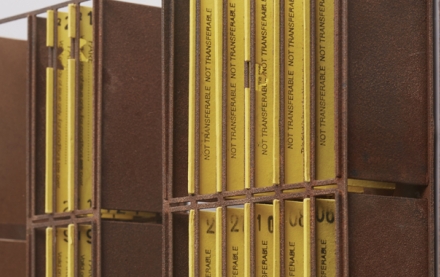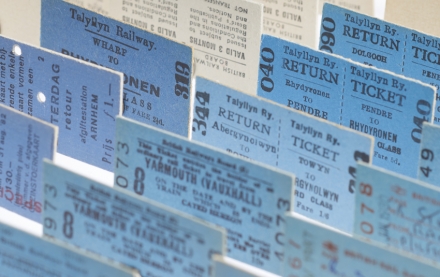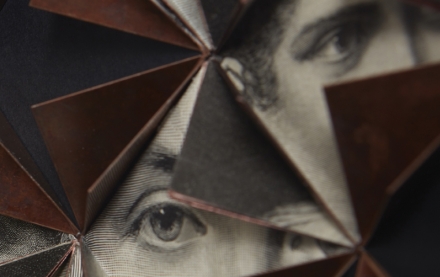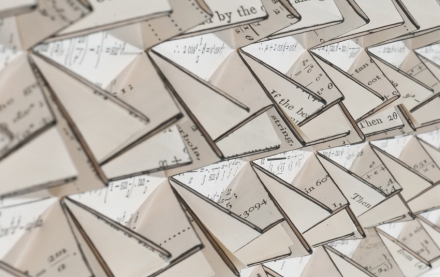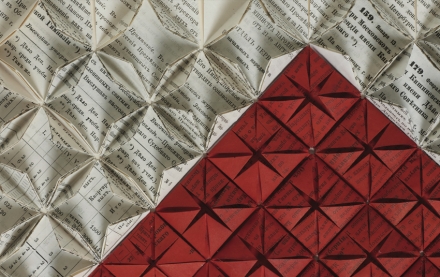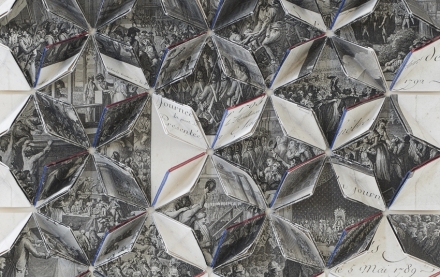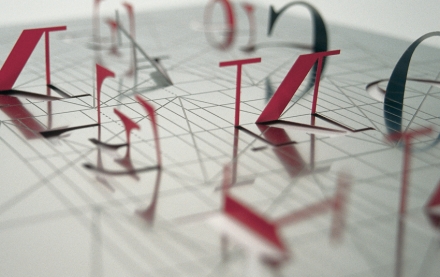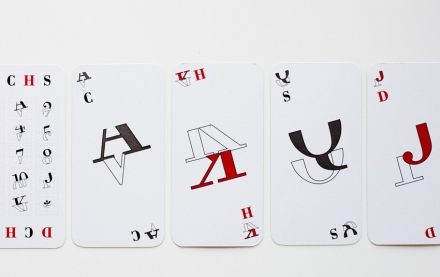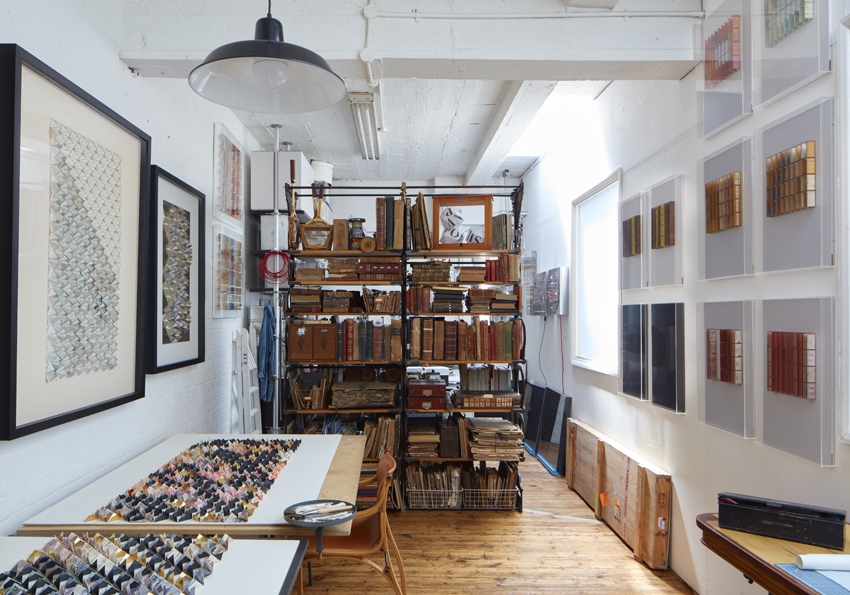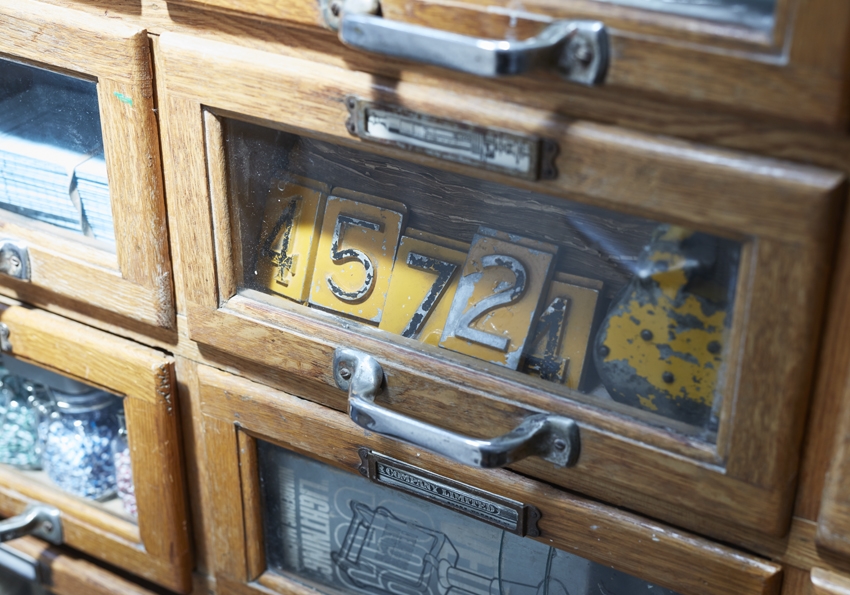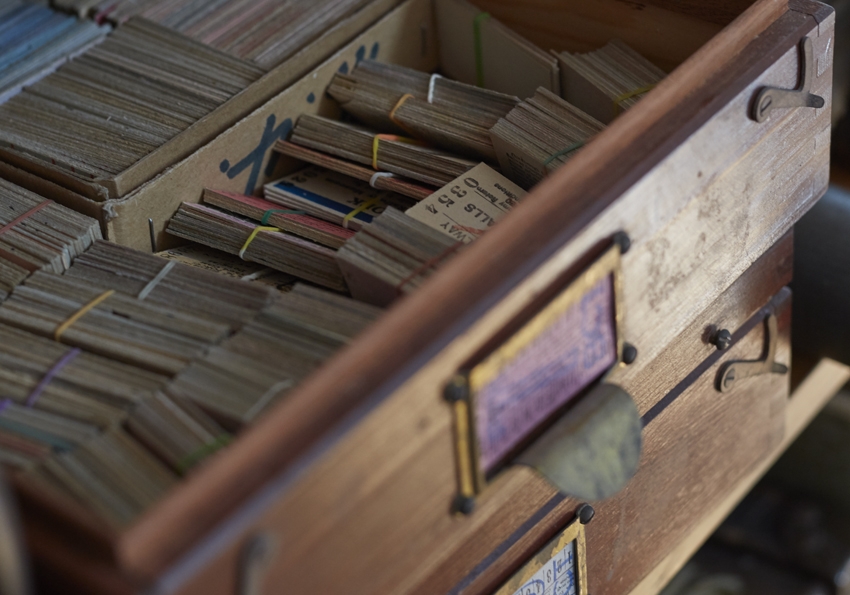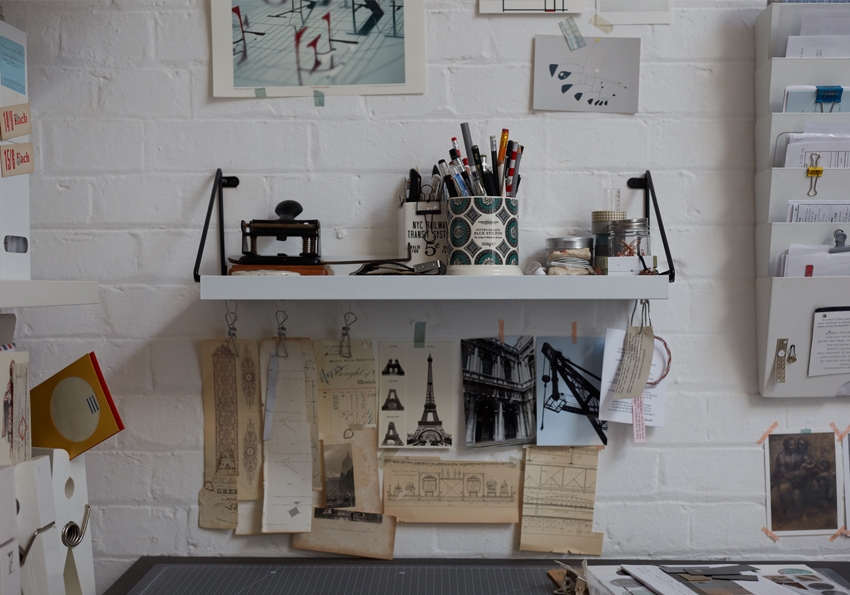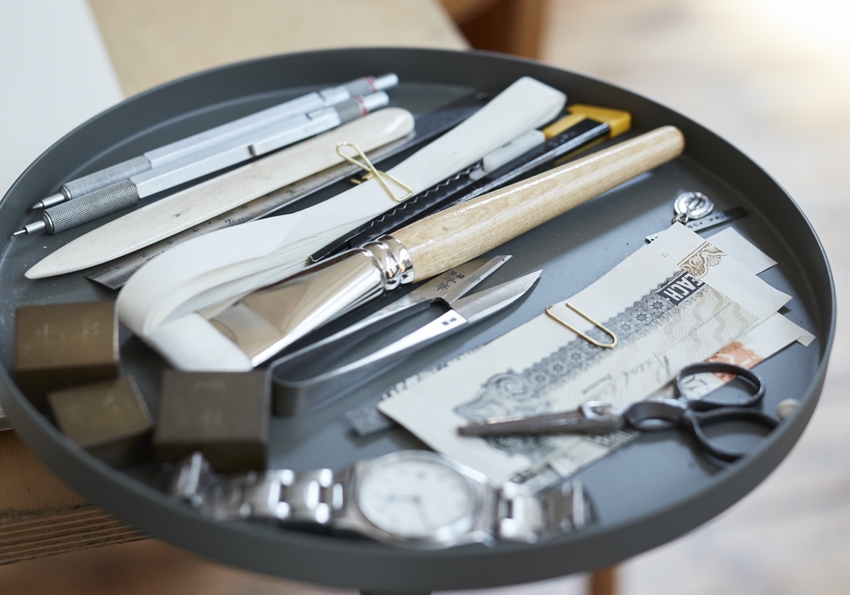SPACE TRANSFORMED FOR NEW STUDIO
The studio is the artist’s centre of activity; for contemplation, creativity and the closeting of ideas. It is the backdrop from which to weave threads of possibility, where inspiration is stowed for the awe-inspiring task of making something new. Francisca took on her studio at the beginning of the year; a new space but not an empty shell, as like most of the London’s old buildings, the room betrayed the stories of those who had been before. Once stripped back, the original flooring revealed lines that marked a make-shift football pitch, air rifle shots marked the walls, and old coins – shillings and ha'pennies – had been left behind like forgotten treasure. Leaving these remnants of the past visible, Francisca has built her own identity into the space. Her furniture is collected with the same measure with which she collects her artwork materials. An elaborate 19th-century iron shelving system from the Chancery Lane patent office divides the room; an architectural draftsman’s chair is drawn up to a pub table; and an old art school’s cabinet drawer windows reveal the artist’s meticulous curiosity for collecting. Of course the majority of these collections are the leaves that form much of Francisca’s work, papers to be opened, folded and revived. The weathered spines of discarded books – cracking leather – line up alongside towers of gathered papers; bundles tied with string sit waiting on the shelves, the gift of material waiting to be used. To enter an artist’s studio is to be invited into their world, and Francisca’s is like her work: a revelation of detail and design, gilded with the intensity of a true passion.
____
SPANISH / ESPAÑOL
El taller es el centro de actividad de la artista; un espacio para la contemplación, la creatividad y la concreción de ideas. Es el telón de fondo desde el cual se entretejen hilos de posibilidad y donde la inspiración se acumula para la asombrosa tarea de crear algo nuevo. Francisca tomó posesión de este estudio a inicios de este año. Un nuevo espacio, pero no por ello un cascarón vacío. Como la mayoría de las construcciones antiguas de Londres, el espacio delata las historias de quienes previamente pasaron por ahí. Las líneas de una improvisada cancha de fútbol quedaron al descubierto cuando el piso original fue destapado para descubrir tablones antiguos de madera; disparos de rifle de aire comprimido marcan los muros, y viejas monedas -chelines y peniques- dejadas atrás han sido descubiertas como tesoros olvidados.
Con todos estos vestigios visibles, Francisca ha construido su propia identidad en el espacio, con muebles seleccionados con el mismo detalle con que colecciona el material para su arte. Un elaborado librero de hierro con un sistema de repisas móviles del siglo XIX, originalmente de la oficina de patentes de Chancery Lane, divide el ambiente; una silla de dibujante de una firma de arquitectura alemana junto a una mesa de ‘pub’ ingles de elaborada base de fierro, y la enorme cajonera, que perteneció una vez al departamento de arte de un colegio en Londres, muestra la meticulosa curiosidad de la artista por coleccionar. En él se ven las hojas que forman la mayor parte del trabajo de Francisca. Impresos que han sido descubiertos y serán vueltos a la vida.
Los ajados lomos de libros usados –con el cuero craquelado– se alinean junto a torres de papel recopilado. Bultos atados con cordel esperan agrupados sobre repisas como regalos de material esperando a ser usados. Entrar al taller de un artista es ser invitado a su mundo, y entrar al de Francisca es claramente entrar al suyo, una revelación de detalle, galvanizada con la intensidad de una real pasión.
